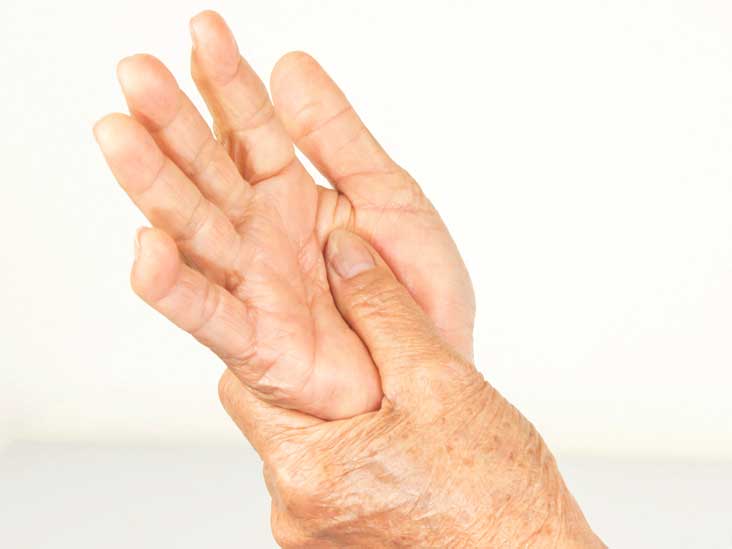Medically reviewed by Daniel Murrell, M.D. — Written by Diana Bocco on November 5, 2018
What are lupus and RA?
Lupus and rheumatoid arthritis (RA) are both autoimmune diseases. In fact, the two diseases are sometimes confused because they share many symptoms.
Autoimmune disease occurs when your immune system attacks cells in your body, triggering inflammation and damaging healthy tissue. Scientists aren’t sure of all the triggers of autoimmune diseases, but they can run in families.
Women are at greater risk of having an autoimmune disease than men. African-American, Native-American, and Hispanic women are at even greater risk, according to the National Institutes of Health.
How are lupus and RA similar?
The most obvious similarity between RA and lupus is joint pain. Joint swelling is another common symptom, though the levels of inflammation can vary. Both diseases can cause your joints to become hot and tender, but this is more pronounced in RA.
Lupus and RA affect your energy levels as well. If you have either disease, you might feel constant fatigue or weakness. Having a periodic fever is another symptom of both lupus and RA, but it’s more common with lupus.
Both diseases are more common in women than in men.
How are lupus and RA different?
There are many differences between lupus and RA. For instance, lupus might affect your joints, but it’s more likely to affect your internal organs and your skin than RA. Lupus can also cause life-threatening complications. These may include kidney failure, clotting problems, or seizures, which are not symptoms of RA.
RA, on the other hand, primarily attacks your joints. It affects the fingers, wrists, knees, and ankles. RA can also cause joints to deform, while lupus usually doesn’t.
RA can also be associated with inflammation in the lungs and around the heart in some cases, and with painful skin nodules. However, with the current therapies available, this is less common now than it has been in the past.
Pain associated with RA is usually worse in the morning and tends to get better as the day progresses. But the joint pain caused by lupus is constant throughout the day and can migrate.











